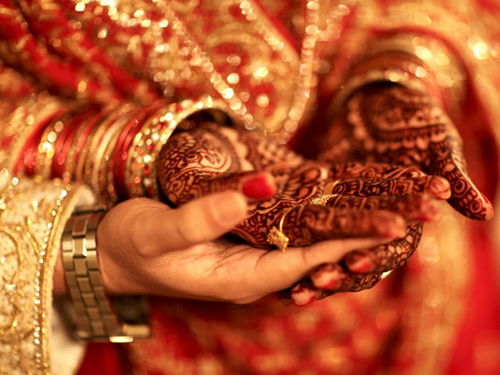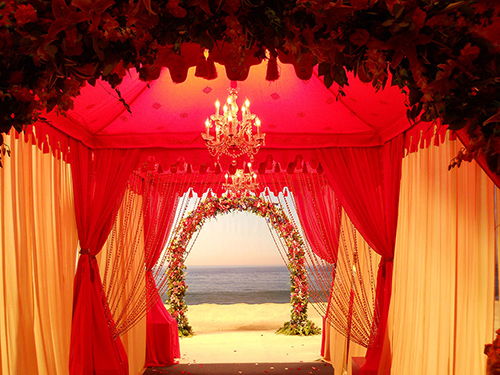Wedding Photography Business in India: Capturing Moments, Creating Memories, and Embracing Prosperity
Wedding Photography Business in India:

- The Wedding Industry in India: The wedding industry in India is massive, with weddings being grand celebrations that span multiple days and involve elaborate rituals and festivities. According to industry reports, the Indian wedding industry was estimated to be worth around 1.6 trillion rupees (approximately USD 23 billion) in 2019 and is projected to grow further in the coming years. This vast market presents immense opportunities for wedding photographers to thrive and establish successful businesses.
- Rising Demand for Professional Wedding Photography: With the changing socio-economic landscape and increased disposable income, there has been a significant shift in wedding photography trends. Couples and families are increasingly seeking professional photographers to capture their special moments and create timeless memories. There is a growing demand for artistic, high-quality wedding photography that goes beyond traditional posed shots, highlighting the emotions, candid moments, and unique elements of each wedding.
- Expanding Market and Regional Diversity: India’s vast cultural diversity and regional variations contribute to the expansion of the wedding photography market. From the vibrant weddings in North India to the rich traditions of South Indian weddings, each region offers distinct opportunities for photographers to showcase their skills and cater to specific preferences. This diversity ensures a steady stream of clients and enables photographers to explore various styles and approaches to wedding photography.
- Technological Advancements and Social Media Influence: Technological advancements have transformed the wedding photography industry in India. High-resolution cameras, advanced lighting equipment, and post-processing software have enhanced the quality and creativity of wedding photographs. Additionally, the rise of social media platforms like Instagram and Facebook has amplified the visibility and reach of wedding photographers. Couples now seek photographers with a strong online presence, influencing the growth and success of their businesses.
- Changing Trends and Creative Approach: Wedding photography in India has evolved from traditional poses to a more creative and storytelling approach. Photographers strive to capture candid moments, emotional exchanges, and intricate details that reflect the essence of the couple and their wedding. Pre-wedding photoshoots, destination weddings, and thematic wedding photography are gaining popularity, providing photographers with opportunities to showcase their creativity and offer unique experiences to clients.
- Entrepreneurial Opportunities and Income Potential: Wedding photography is considered one of the best genres to earn a significant income in India. The size of the wedding market, coupled with the increasing demand for professional photography services, presents immense entrepreneurial opportunities. Skilled and innovative wedding photographers can command premium pricing for their services, especially if they offer unique styles, exceptional storytelling, and a personalized experience. Wedding photography businesses can generate substantial revenue through wedding assignments, pre-wedding photoshoots, album sales, and additional services such as videography and photo booth setups.
- Future of Wedding Photography in India: The future of wedding photography in India appears bright and promising. As the wedding industry continues to grow, photographers who can adapt to changing trends, offer exceptional customer experiences, and stay ahead of technological advancements will thrive. With the rising popularity of destination weddings, pre-wedding photoshoots, and cinematic wedding films, wedding photographers who embrace these trends and provide innovative services will have a competitive edge. Additionally, the increasing importance given to capturing cherished memories and the emotional value attached to wedding photography ensures its continued significance in the Indian wedding landscape.
Conclusion: Wedding photography in India is a dynamic and prosperous profession, fueled by the size and cultural significance of the Indian wedding industry. As couples and families increasingly prioritize capturing their special moments in the most artistic and authentic way possible, the demand for professional wedding photographers continues to rise. The future of wedding photography in India is bright, offering entrepreneurial opportunities, creative expression, and substantial income potential. With the right skills, creativity, business acumen, and a dedication to delivering exceptional customer experiences, photographers can flourish in this thriving industry and create lasting memories for couples on their special day.
Reach Us
Unlock your creative potential and embark on a journey in photography with us. Contact us today to join our courses and explore the world of visual storytelling through the lens.
#522, SST Nagar, Near Naina Devi Temple, Patiala 147 001 – Punjab IN
+91 855 904 7205


